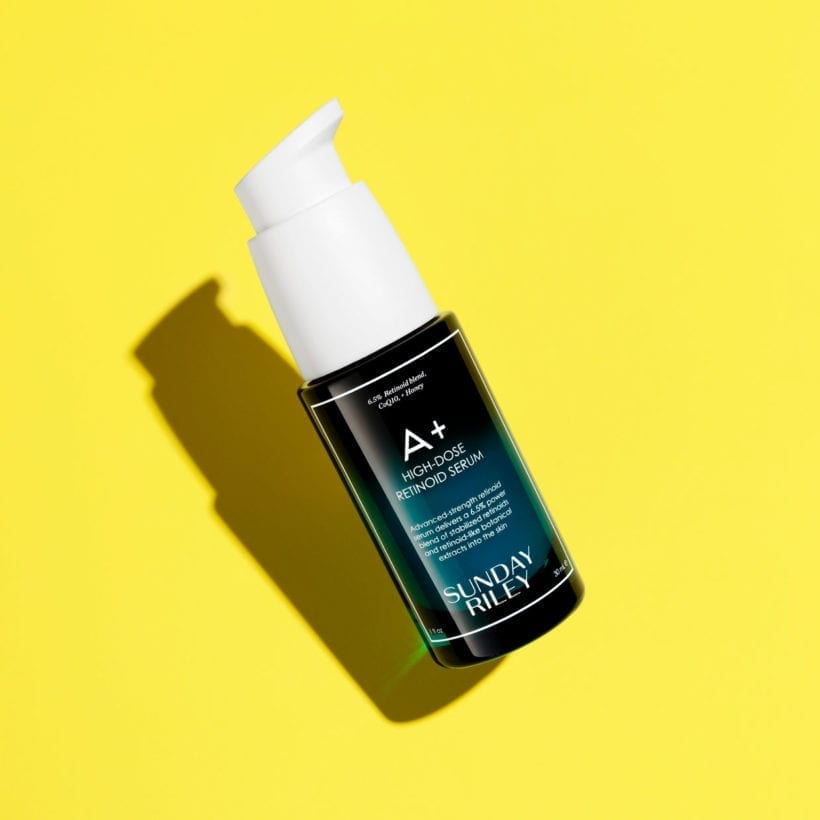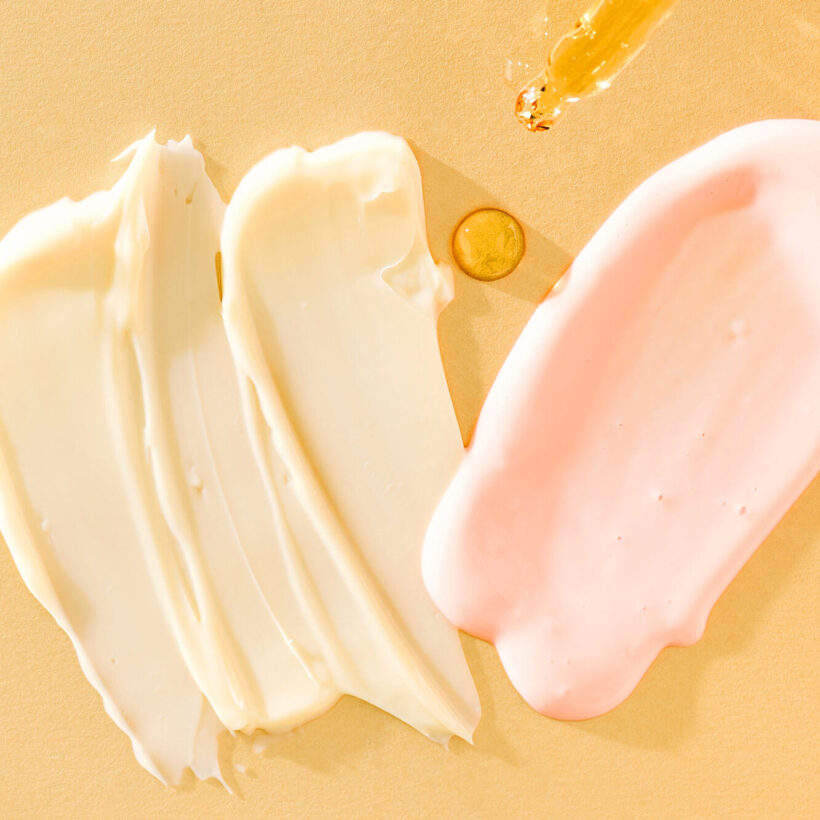Most of us have suffered bouts of breakouts and blemishes at one point or another — some of us more than others. And while there is no denying that all pimples are a pest, they are not all created equally. That is right — there are several different types, each with their own root cause, treatment and healing process. The type of acne we get and the frequency of the acne, depends on several factors that include, but are not limited to hormones, heredity as well as dietary and lifestyle choices that can affect inflammation in our bodies, explains Deanne Mraz Robinson, M.D., assistant clinical professor of dermatology at Yale New Haven Hospital.
Here is a close look at some of the most common types of breakouts, what causes them and how best to treat them.
Whiteheads
https://www.instagram.com/p/B3sgBURhCBK/
This is the type of acne most of us are familiar with: it is white in appearance and tends to be the easiest to “pop” (although dermatologists recommend against picking at your face by any means!). “Whiteheads form when the pore gets clogged with dead skin cells and oil, the bacteria that normally live in our skin are able to proliferate and stimulates the activation of the immune system,” says Nancy Samolitis, M.D., dermatologist, co-founder and medical director of FACILE dermatology + boutique. “Pus is basically a collection of inflammatory cells that are trying to kill excess bacteria and kill the skin and the redness and swelling around the pore (causing the bump) are all results of inflammation and dilated blood vessels.” Luckily, whiteheads are fairly easy to treat with over-the-counter products containing one of these effective ingredients that help unclog pores: alpha-hydroxy acids like glycolic or lactic, beta-hydroxy acids like salicylic acid, and topical retinoids.
Blackheads
https://www.instagram.com/p/B3Dan4ChBy-/
Also known as comedonal acne bumps, blackheads are notoriously different than whiteheads in terms of their appearance. Because the top of the pore remains open (unlike a whitehead which is closed at the top), the mix of sebum and dead skin cells meets the air, oxidizes and turns black, explains Robinson. The cause, however, is quite similar to whiteheads: trapped sebum and dead skin cells. To treat blackheads, Robinson recommends salicylic acid-containing products, which can help dissolve the keratin (protein in the skin) that clogs pores. She also suggests a HydraFacial every one to three months to gently suction out debris, while nourishing the skin with what it needs.
Pustules
https://www.instagram.com/p/BdDfzBal2R3/
Commonly referred to as pimples, pustules are a result of an inflammatory response to excess oil, bacteria (specifically Propionibacterium acnes) and debris on the top layer of the skin, explains Rina Allawh, M.D., a dermatologist at Montgomery Dermatology. “Our body recognizes all of the above as foreign, stimulating an inflammatory response causing redness and swelling.” Another potential culprit for pustules is hormonal changes, which impact our skin’s sebum production, specifically around the jawline, chin and neck. The best treatment is to seek the evaluation of your dermatologist as if pustules are left untreated, the result can be some pretty displeasing scars and hyperpigmentation, warns Allawh. She tends to recommend a combination of oral antibiotics in addition to topical retinoids, and topical antibiotic creams and gels.
Papules
https://www.instagram.com/p/B33sITUHSWG/
This type of breakout is distinct in the way that it tends to be inflamed — it often looks like a red bump on the skin. “Papules are your classic inflamed acne spot and occur when sebum and skin cells become trapped and angry,” says Robinson. The inside contains oil and bacteria that eventually erupts and spills out to the surrounding skin, which causes redness or irritation. The treatment for papules includes products containing acne-fighting ingredients such as peroxide, salicylic acid and sulfur.
Cysts
https://www.instagram.com/p/B3Sq235J-9J/
If there is a “worst type” of acne, it is without a doubt cystic acne, which occurs when the pores in the skin become blocked, leading to infection and inflammation. “Cystic acne occurs in certain people, and not others, but this type of acne is often seen as a result of hormonal stimulation of the skin,” says Samolitis. These lesions do not always respond well to topical treatments, so if you’re finding your salicylic acid, retinol or sulfur-based cosmetics aren’t quite solving the problem, in women, blocking the hormone receptors with a medication called spironolactone is the treatment of choice. In males, a high dose of systemic prescription vitamin A, called isotretinoin, tends to be effective. Whatever you do, do not let cysts linger, as treatment is most effective in the early stages to prevent scarring.
Nodules
https://www.instagram.com/p/BzVMIQppITp/
Often affecting the face, chest and back, nodular acne is characterized by hard, painful acne lesions deep under the skin. Often they do not come to a head and remain underneath the skin’s surface, but some of them do. There are many factors that can cause nodular acne, the most common being overactive sebaceous (or oil) glands, an abnormal buildup of dead cells within the pores, androgen (or male) hormones and overgrowth of acne-causing bacteria. Since over-the-counter acne treatments are not effective against nodular acne, no matter how consistently you use them, Allawh recommends prescription medications such as Isotretinoin, as well as oral antibiotics.
One thing all of these types of acne have in common is that you should try not to touch and prod at them. In other words, step away from the magnifying mirror. “Acne is usually a temporary (albeit brutal) part of life, but the scarring that can result can follow us for years and be quite tricky to treat,” says Robinson.
We only recommend products we have independently researched, tested, and loved. If you purchase a product found through our links, Sunday Edit may earn an affiliate commission.













